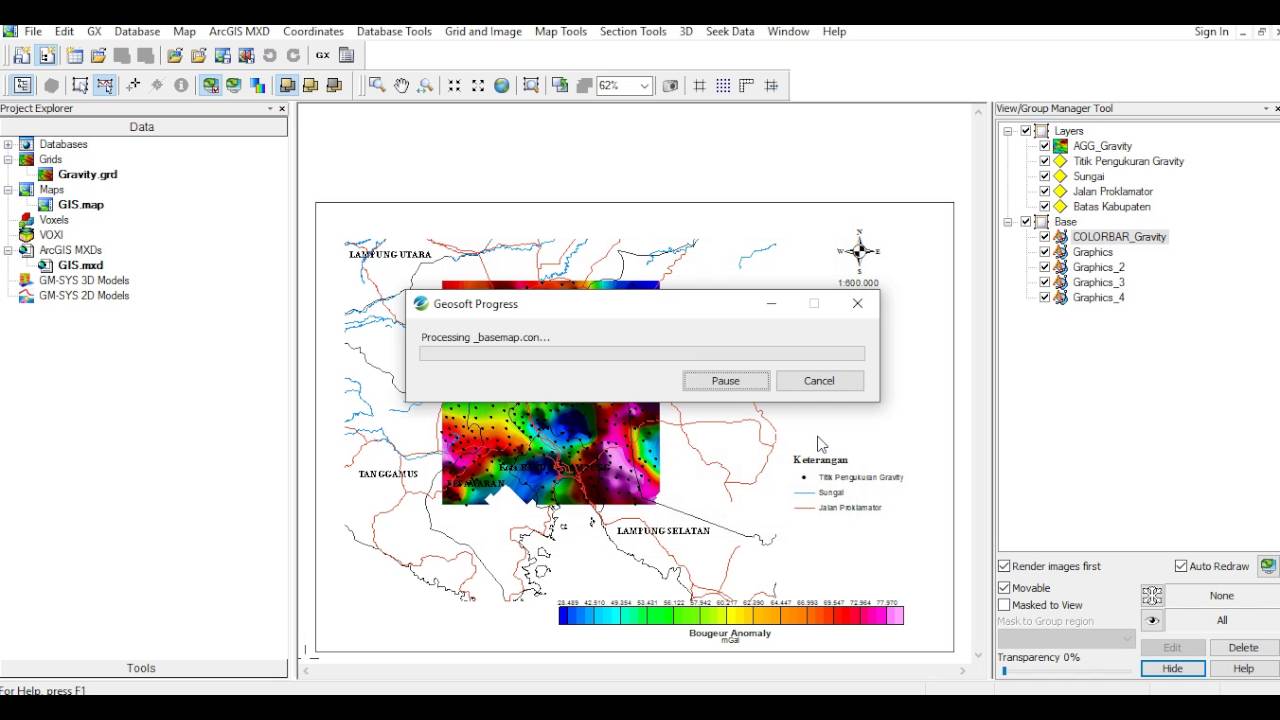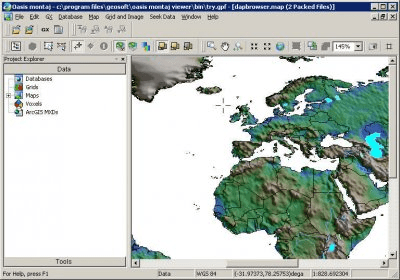

This article provides (1) a brief literature review describing the geologic and hydrogeologic settings, (2) the methodology used to develop a composite hydrogeologic framework, and (3) descriptions and maps of the land-surface altitude, composite hydrogeologic unit base and midpoint depth, water-level altitude, depth of water, unsaturated and saturated zone thickness, and transmissivity and hydraulic conductivity.


This composite hydrogeologic unit, which contains the Chicot and Evangeline aquifers of the Gulf Coast aquifer system, is intended for inclusion in a regional-scale geoenvironmental assessment of as yet undiscovered uranium resources. The hydrogeologic framework for this study focused on the composite hydrogeologic unit of the tract permissive for the occurrence of uranium consisting of the upper part of the Miocene-age Fleming Formation/Lagarto Clay, Pliocene-age Goliad and Pleistocene-age Willis Sands, Pleistocene-age Lissie and Beaumont Formations, and Holocene-age alluvial sediments (fluvial alluvium and eolian sand deposits). Geoenvironmental assessments that include the hydrogeologic framework can be used as a tool to understand the potential effects of mining operations. A previously completed mineral resources assessment of the Texas Coastal Plain indicated the potential for the future discovery of uranium resources.


 0 kommentar(er)
0 kommentar(er)
